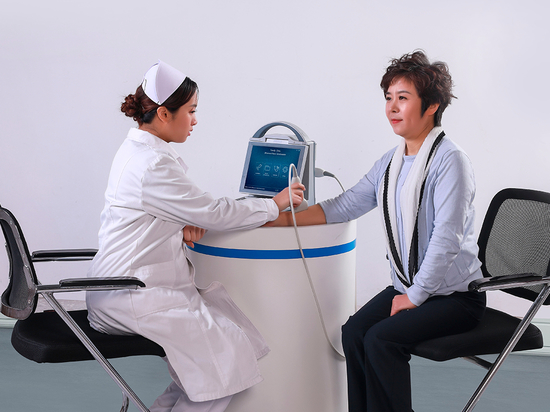
#Industry News
Health science, take you to understand arteriosclerosis
Regular examination, timely adjustment of lifestyle and treatment plan, can greatly reduce the risk of atherosclerosis
What is arteriosclerosis?
Arteriosclerosis -- it sounds a little technical, but it's not that far off. Imagine that your blood vessels are like the water pipes in your home, and over time, some impurities and minerals can build up inside the walls of the pipes, causing a poor flow of water.
Similarly, our arteries and blood vessels will gradually harden and narrow because of the deposition of fat, cholesterol and other substances, which is the "true body" of arteriosclerosis. It can occur at any age, but the risk gradually increases with age.
Why is arteriosclerosis testing important
Prevention is better than cure: arteriosclerosis often goes unnoticed, and by the time symptoms become apparent, they are often more severe. Regular tests for atherosclerosis, like regular cleaning of the pipes in your home, can help us detect and intervene early to avoid potential health risks.
Arteriosclerosis, if not controlled, may lead to brain blood insufficiency, artery stenosis of each limb, angina pectoris, acute myocardial infarction and other diseases. Regular check-ups and timely lifestyle and treatment changes can greatly reduce these risks
High incidence of arteriosclerosis
1. Middle-aged and elderly people
Middle-aged and elderly people are more likely to develop atherosclerosis. With age, the artery wall gradually stiffens and the lining becomes thicker. In this case, the anti-clotting ability is gradually weakened, which is the cause of atherosclerosis.
2. Obese people
High fat content in the human body increases the risk of lipid deposition in the blood vessel wall, which leads to the occurrence of atherosclerosis of the aorta.
3. Patients with basic medical history
Metabolic, immune and other basic diseases of the system may also become high-risk factors for aortic atherosclerosis, such as hyperlipidemia, rheumatic vasculitis and so on.
4. Smokers
Whether it is smoking or in the environment of second-hand smoke, due to the harmful smoke effect, it will cause serious damage to the vascular tissue, so the incidence of smokers is high.
5. Inactive people
Sedentary, lack of exercise and other bad lifestyles, which can lead to weight gain and accelerated aging of the body's organs, also greatly increase the risk of disease.
Advantages of non-invasive arteriosclerosis detection
1. Non-invasive: no operation or puncture is required to reduce the pain of patients.
2. High accuracy: it can reflect the state of blood vessels more accurately, providing a basis for diagnosis and treatment.
3. The price is close to the people: do not have to bear high inspection costs.
4. Safe and reliable: no radioactive and toxic substances.






